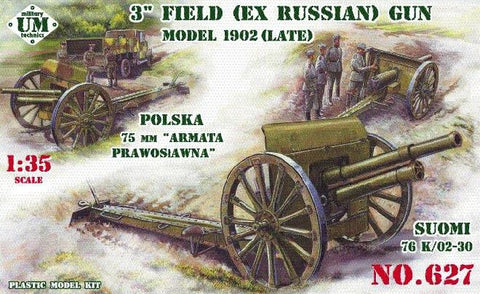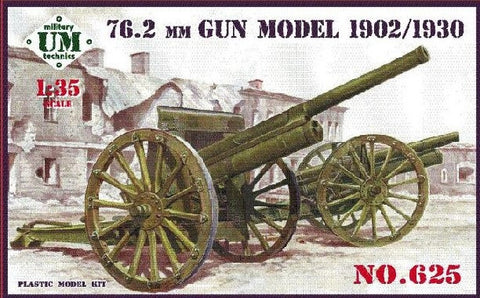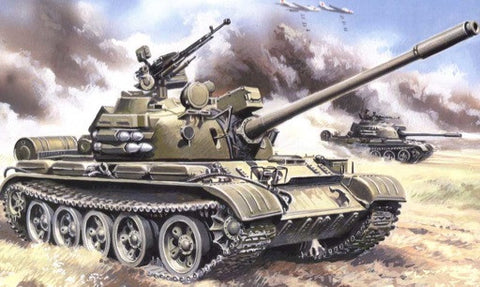
Unimodel Military 1/72 Hetzer Late WWII Tank Hunter Kit
This Product Usually Ships In 2-3 Business Days
UNM-353The name Hetzer was at the time not commonly used for this vehicle. It was the designation for a related prototype, the E-10. The Škoda factory for a very short period confused the two names in its documentation and the very first unit equipped with the vehicle thus for a few weeks applied the incorrect name until matters were cleared. However, there exists a memorandum from Heinz Guderian to Hitler claiming that an unofficial name, Hetzer>, had spontaneously been coined by the troops. Post-war historians basing themselves on this statement made the name popular in their works, the vehicle was never named as such in official documents. It was better armored than the thinly armored earlier Panzerjäger Marder and Nashorn with a sloped armor front plate of 60 mm sloped back at 60 degrees from the vertical (equivalent in protection to about 120 mm), carried a reasonably powerful 75mm gun, was mechanically reliable, small and easily concealed. It was also cheap to build.
The Jagdpanzer 38(t) succeeded the open-top Marder III (based on the same chassis) in production from April 1944; about 2584 were built until the end of the war. The older Marder III Panzerjäger series retained the same vertically sided chassis as Panzer 38(t). In the Jagdpanzer 38(t), the lower hull sides slope 15 degrees outward to make roughly hexagonal shape when viewed from front or rear. This increased the available interior space and enabled a fully enclosed casemate-style fighting compartment. Because of the fully enclosed armor, it was 5 tonnes heavier than the Marder III. To compensate for the increased weight, track width was increased from 293 mm to 350 mm.




